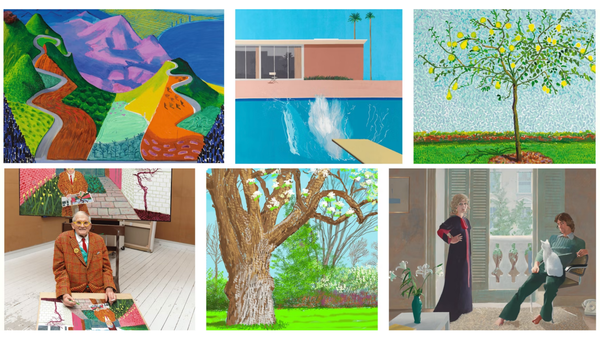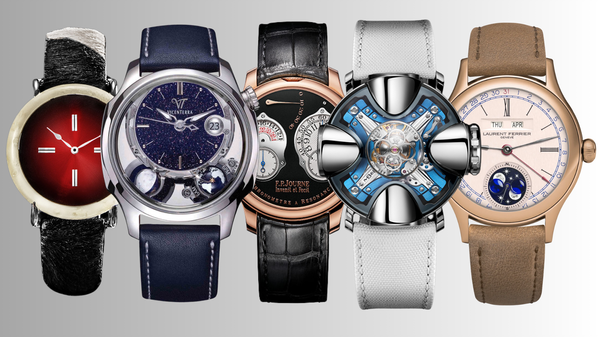The Spire of Dublin
The Spire of Dublin, a 120-metre stainless steel monument on O'Connell Street, symbolises modern Ireland’s resilience and ambition. Reflecting light and the city's evolving spirit, it stands as a bold tribute to Dublin’s transformation from a historic past to a vibrant future.
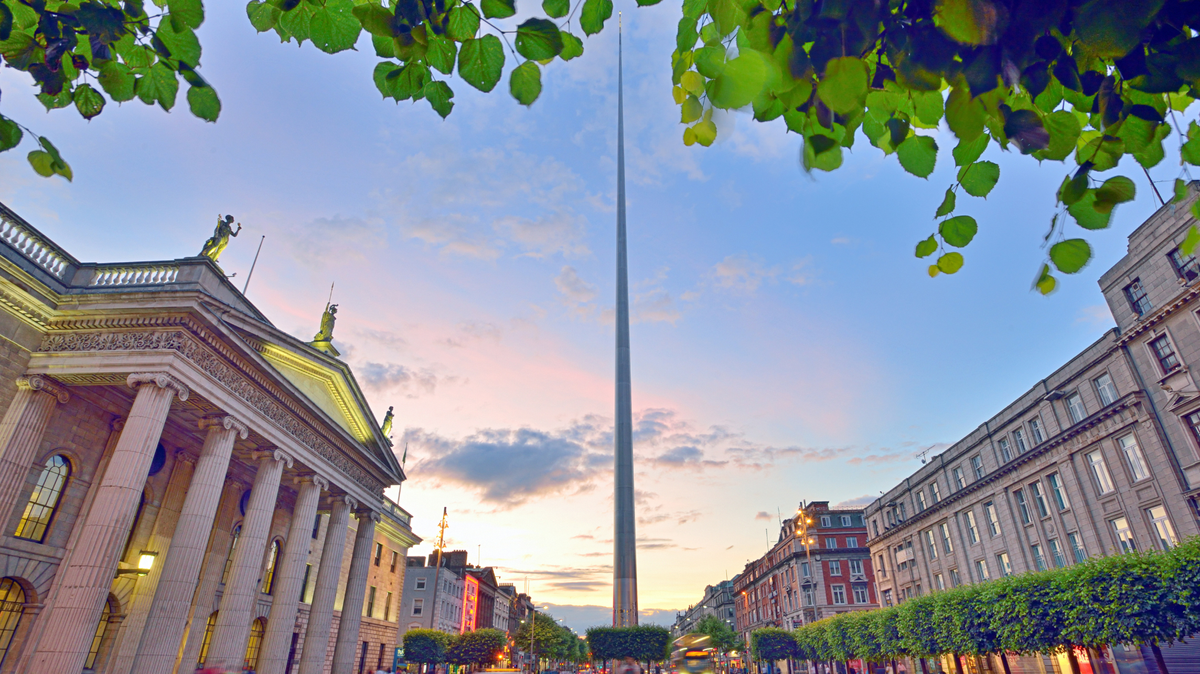
Since its completion in 2003, The Spire of Dublin—known officially as the Monument of Light—has become one of the most recognisable features of Dublin’s skyline, rising 120 metres above O’Connell Street. This stainless steel sculpture has drawn both praise and critique, stimulating debates about public art, modern identity, and national pride. Whether viewed as a bold symbol of contemporary Ireland or a controversial addition to Dublin’s historic landscape, The Spire occupies a unique place in the city’s cultural, historical, and architectural story.
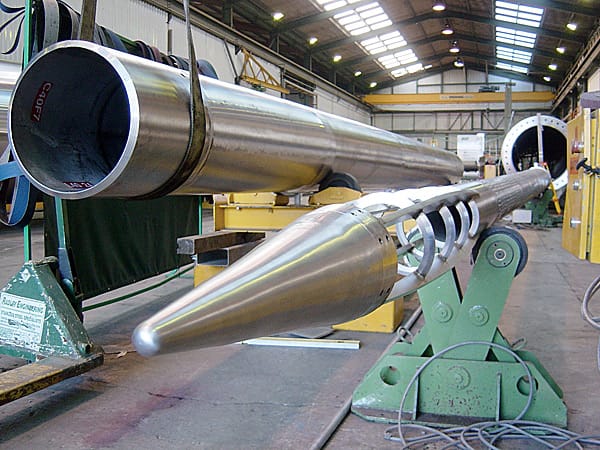
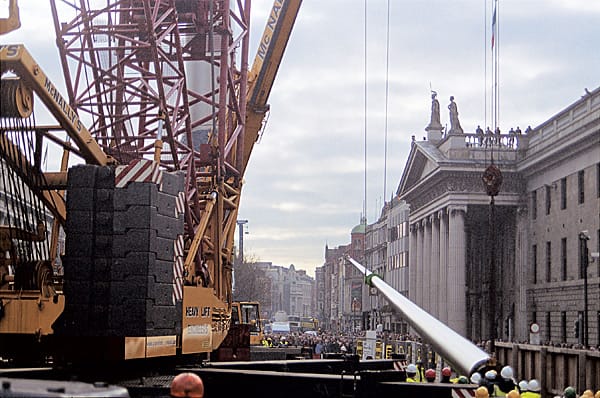
The Spire of Dublin, Credit: Ian Ritchie Architects
The origins of The Spire trace back to the late 1990s when Dublin City Council embarked on a plan to revitalise O’Connell Street, the capital’s main thoroughfare. The street had suffered from neglect and needed a focal point to signal a modern, progressive vision for Dublin. This was during the Celtic Tiger period, a time of rapid economic growth and globalisation in Ireland, which spurred calls for a bold new structure that could redefine the city’s image. Designed by Ian Ritchie Architects, The Spire was selected through an international competition and intended to replace Nelson’s Pillar, an 1808 colonial monument that was famously destroyed in 1966 by an IRA bombing. In this way, The Spire would fill both a literal and symbolic void, capturing Dublin’s journey from its colonial past to an independent, modern metropolis.
A minimalist architectural icon
Architecturally, The Spire’s design is both ambitious and intentionally minimalist. Its tapering form starts with a three-metre diameter at the base and narrows to roughly 15 centimetres at its peak. This gradual thinning draws the eye upwards, creating a dynamic line that contrasts with the surrounding historic buildings. Clad in stainless steel, The Spire reflects Dublin’s shifting weather, appearing muted on cloudy days and gleaming brightly when the sun emerges. This interplay with natural light underscores its moniker, the Monument of Light, and transforms The Spire from a static sculpture into a structure that interacts with its environment.
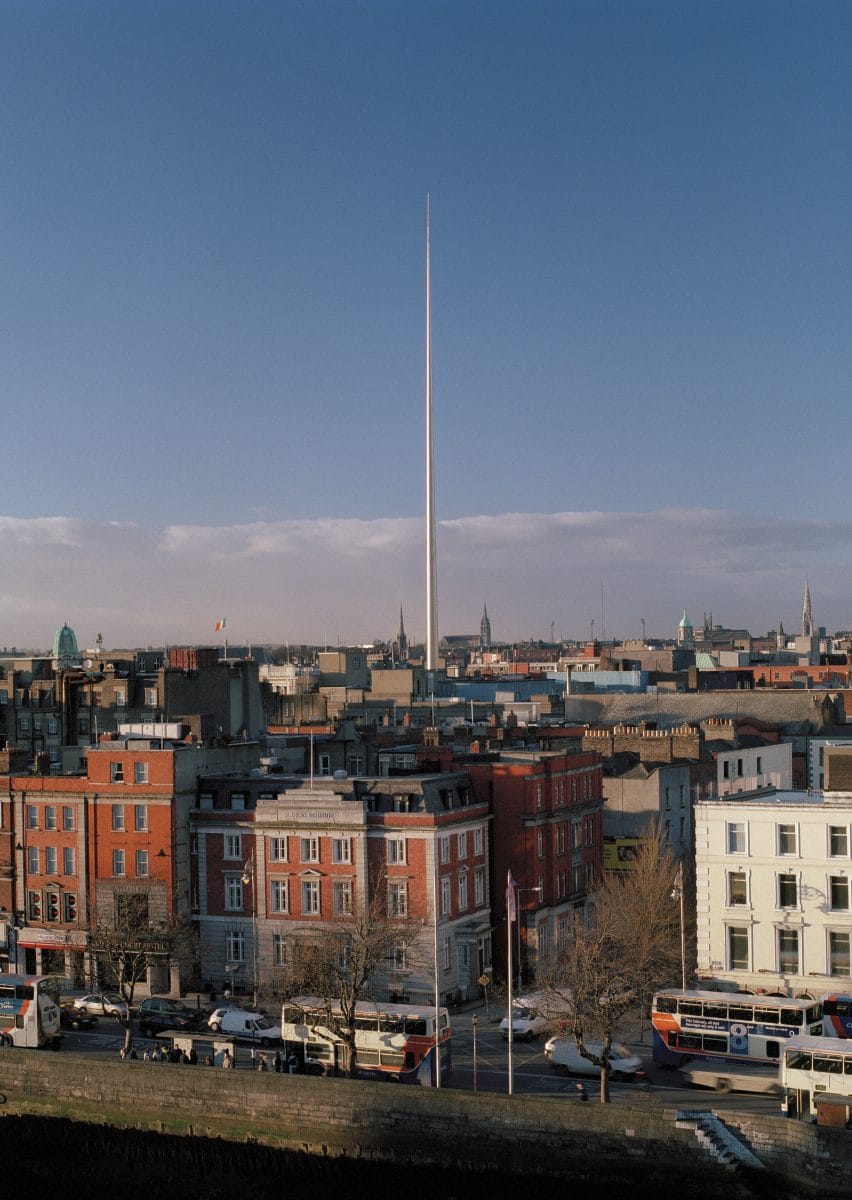
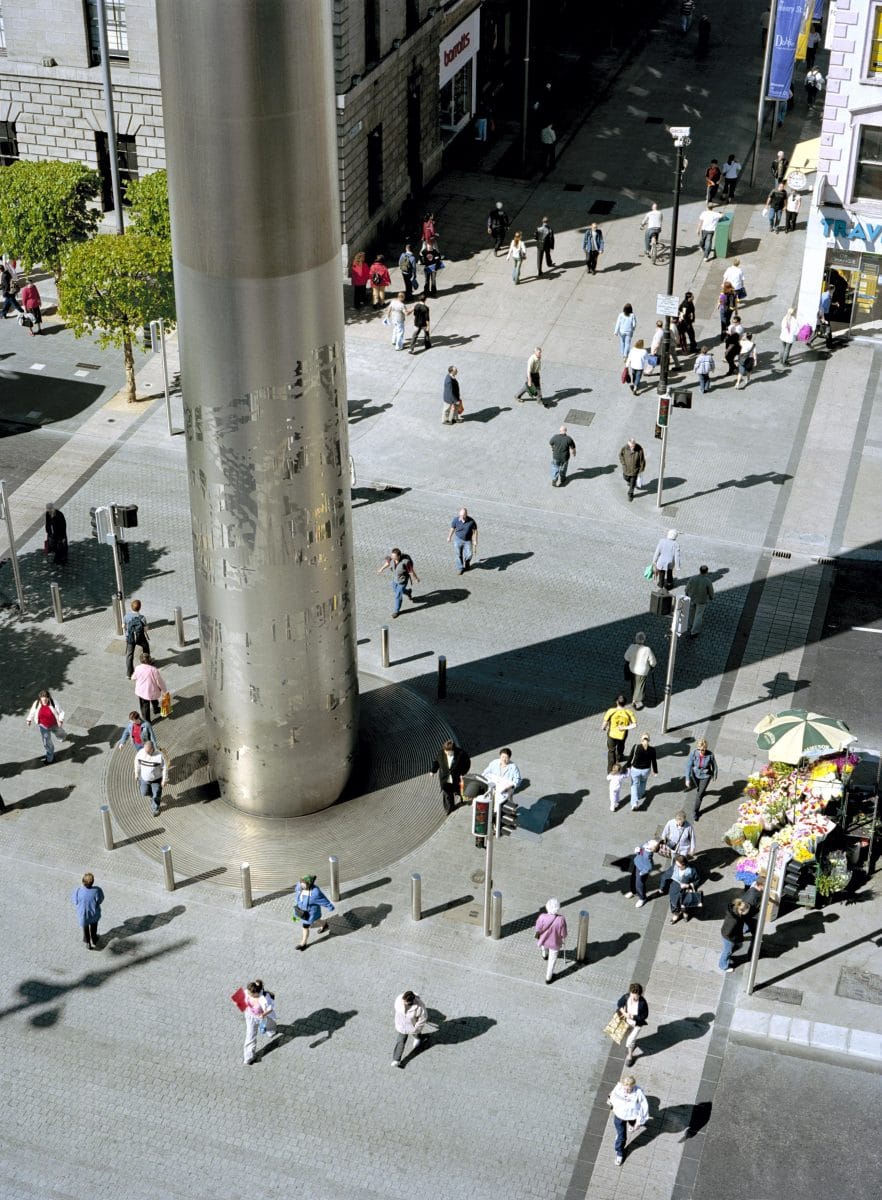

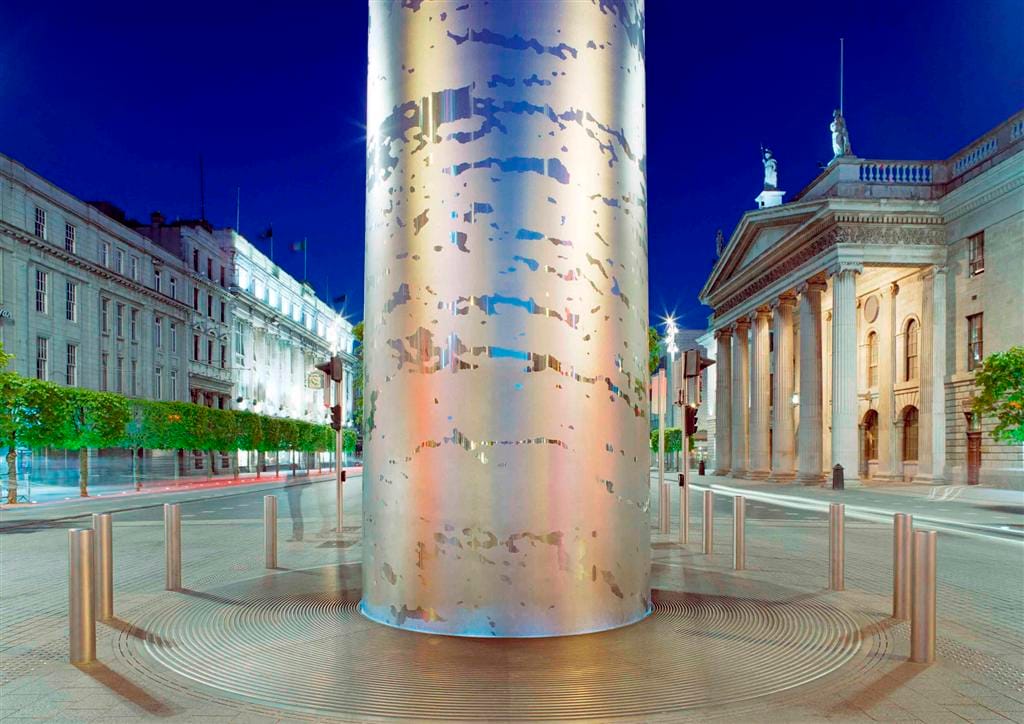
The Spire of Dublin, Credit: Barry Mason
The Spire’s modern aesthetic is a deliberate contrast to traditional commemorative statues, marking a departure from the 19th-century statues on O’Connell Street that represent historical figures and events. Rather than celebrating a specific memory, it is abstract—a tribute to Dublin’s resilience and progress. As a focal point in the city centre, it directs pedestrian flow and visually anchors the area, signalling Dublin’s evolution from a colonial outpost to a vibrant European capital.
Public reception and cultural impact
Culturally, The Spire has been as divisive as it is iconic. Initial reactions were mixed, with some Dubliners criticising the structure’s cost, its minimalist design, and the disruption caused by its construction. Over time, however, it has become ingrained in the city’s daily life and even earned a series of affectionate, humorous nicknames like “The Stiletto in the Ghetto” and “The Spike.” These nicknames reflect the informal, often playful relationship Dubliners have with the city’s landmarks, where even the most modern addition finds a place within Dublin’s historical narrative.
The Spire has also spurred ongoing conversations about the role of public art and the importance of urban renewal. Its presence invites visitors and residents alike to consider how cities evolve and what kind of imagery reflects contemporary identity. By engaging with this unique, modern design, The Spire has encouraged Dublin to see itself not just as a place of heritage but as one that confidently embraces reinvention and new forms of expression.
Though abstract in form, The Spire of Dublin stands as a testament to Ireland’s journey into the 21st century. It embodies a mix of resilience, ambition, and forward-looking spirit that mirrors the city’s ongoing transformation. While some monuments look back to honour the past, The Spire invites viewers to think of the future—a fitting tribute to a city rooted in its history but firmly set on an innovative path forward. Through its singular architectural voice, The Spire has become a vital symbol of Dublin’s growth and the dynamic interplay between tradition and modernity at the heart of Ireland’s capital.


